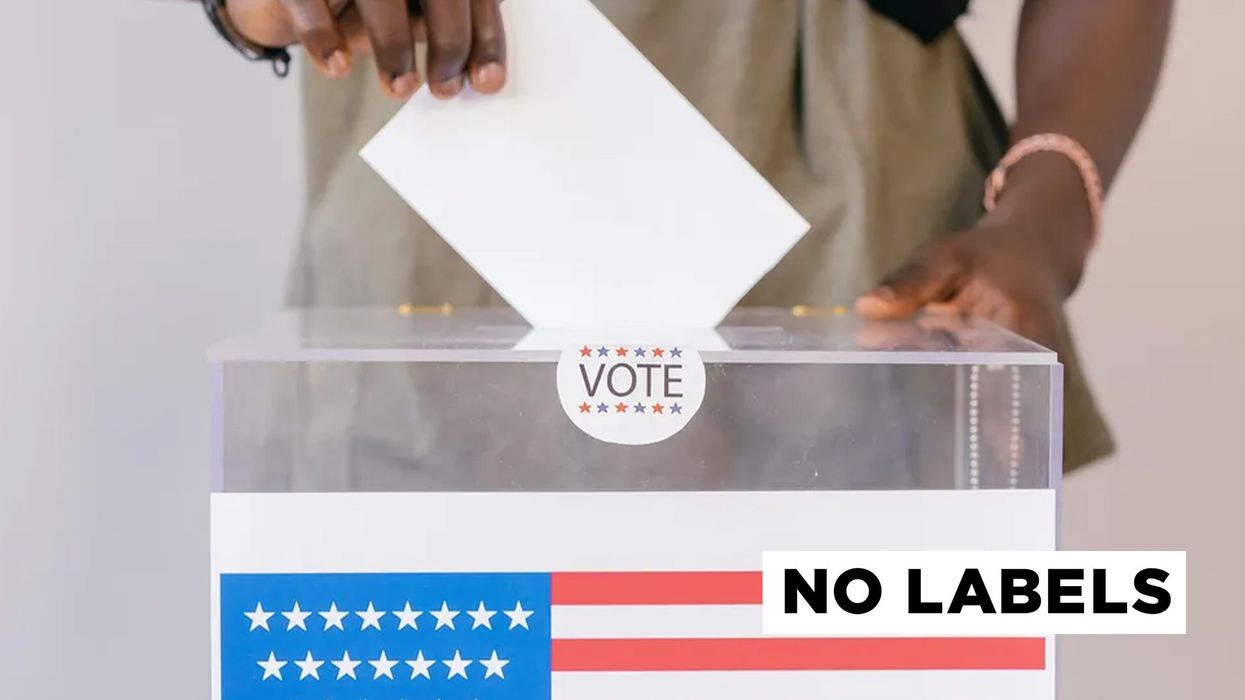
In most states, voters going to the polls next month will select one candidate for each office, and the winner will be whoever gets the most votes, whether it’s a majority, or just 34% in a multi-candidate race. But some states have different models.
In Maine, ranked-choice voting is used in federal elections. Candidates are nominated in party primaries as they are in most places, but if no candidate gets 50%, voters’ second choices are calculated. The first member of Congress elected through ranked choice was Democrat Jared Golden, a Marine Corps veteran and Problem Solver who has frequently bucked his party. In 2018, Republican incumbent Bruce Poliquin initially won 46.3% of the vote to Golden’s 45.6%, with two independents getting the rest. But when second-choice votes were accounted for, Golden won by about 3,500 votes.
On the other edge of the continent, Alaska this year introduced a system where all candidates of all parties ran in a single primary, with the top four finishers advancing to the general election. Incumbent Republican Lisa Murkowski, a longtime No Labels ally, led the primary field with 45%, followed by Donald Trump-endorsed conservative Republican Kelly Tshibaka with 39%, and a Democrat and a third Republican also advancing. The November election will use ranked-choice voting.
Both Golden’s race and Murkowski’s are expected to be extremely close.

